Crew from HMS Argyll spent eight hours saving every soul aboard the Grande America in the Bay of Biscay, say the Royal Navy.
The frigate responded to a mayday during the night from the 28,000-tonne merchant ship about 150 miles southwest of Brest, according to a release.
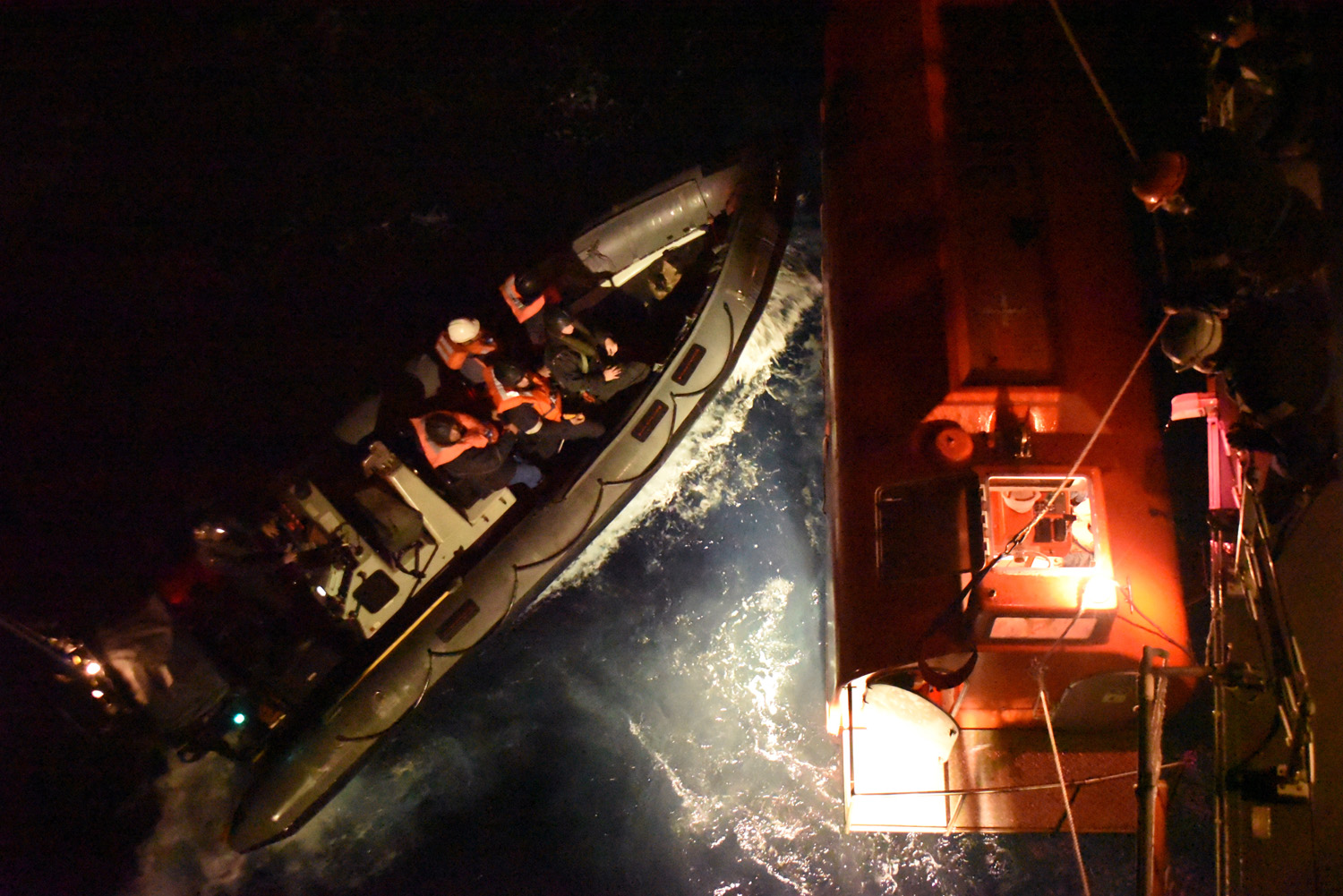
“All 27 crew members crammed aboard the lifeboat which smashed into the heavy seas as it launched, damaging the craft which was unable to make headway.
Despite very difficult sea conditions, Argyll succeeded in launching her sea boat which nudged the lifeboat against the frigate’s side so the Grande America’s crew could be brought aboard.”
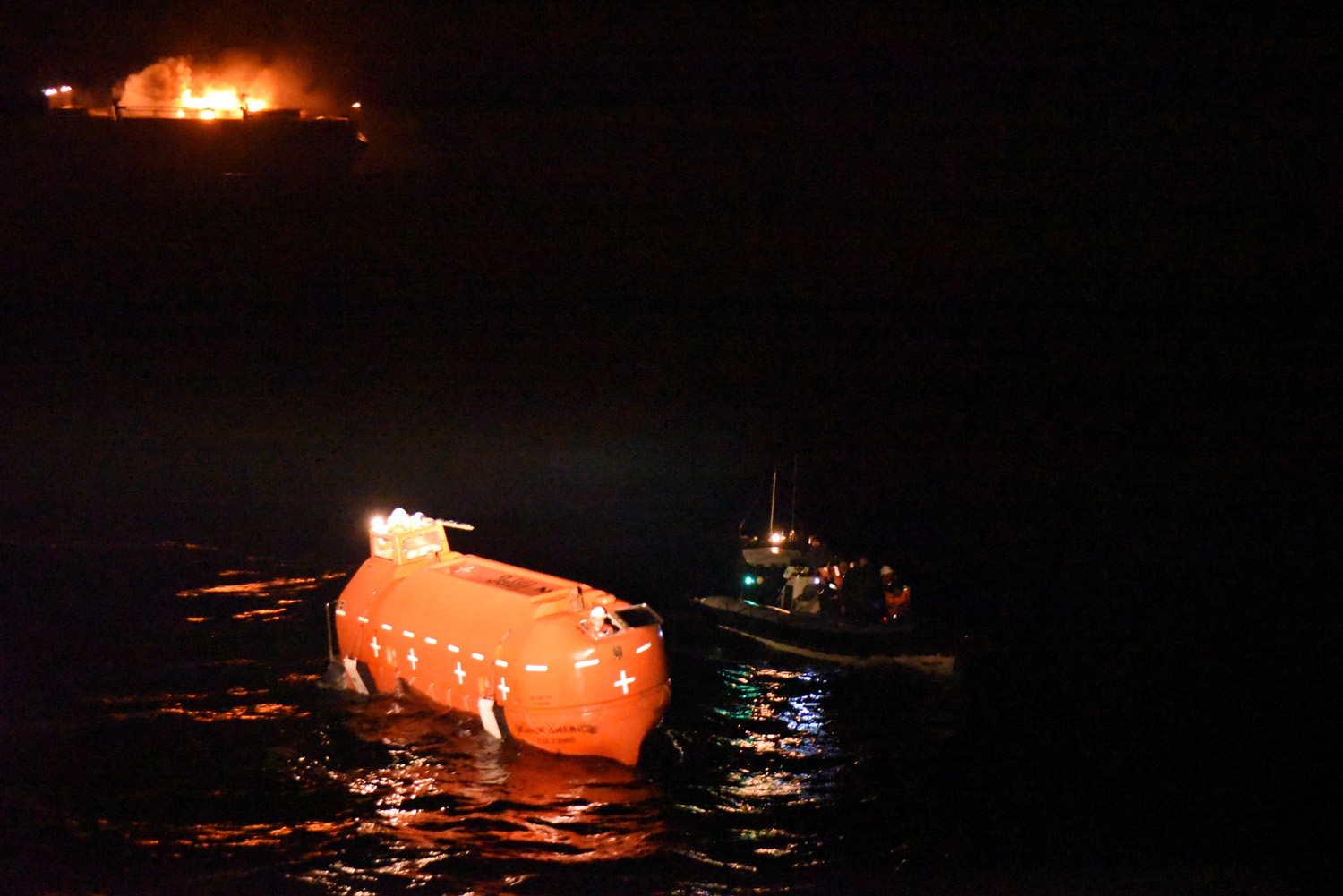
Defence Secretary Gavin Williamson said:
“HMS Argyll’s swift and selfless response to very dangerous situation in difficult conditions undoubtedly saved 27 lives. I commend her crew. This rescue demonstrates that even on the final leg of a challenging nine month deployment to the Far East, the Royal Navy’s sailors remain vigilant and professional at all times.”
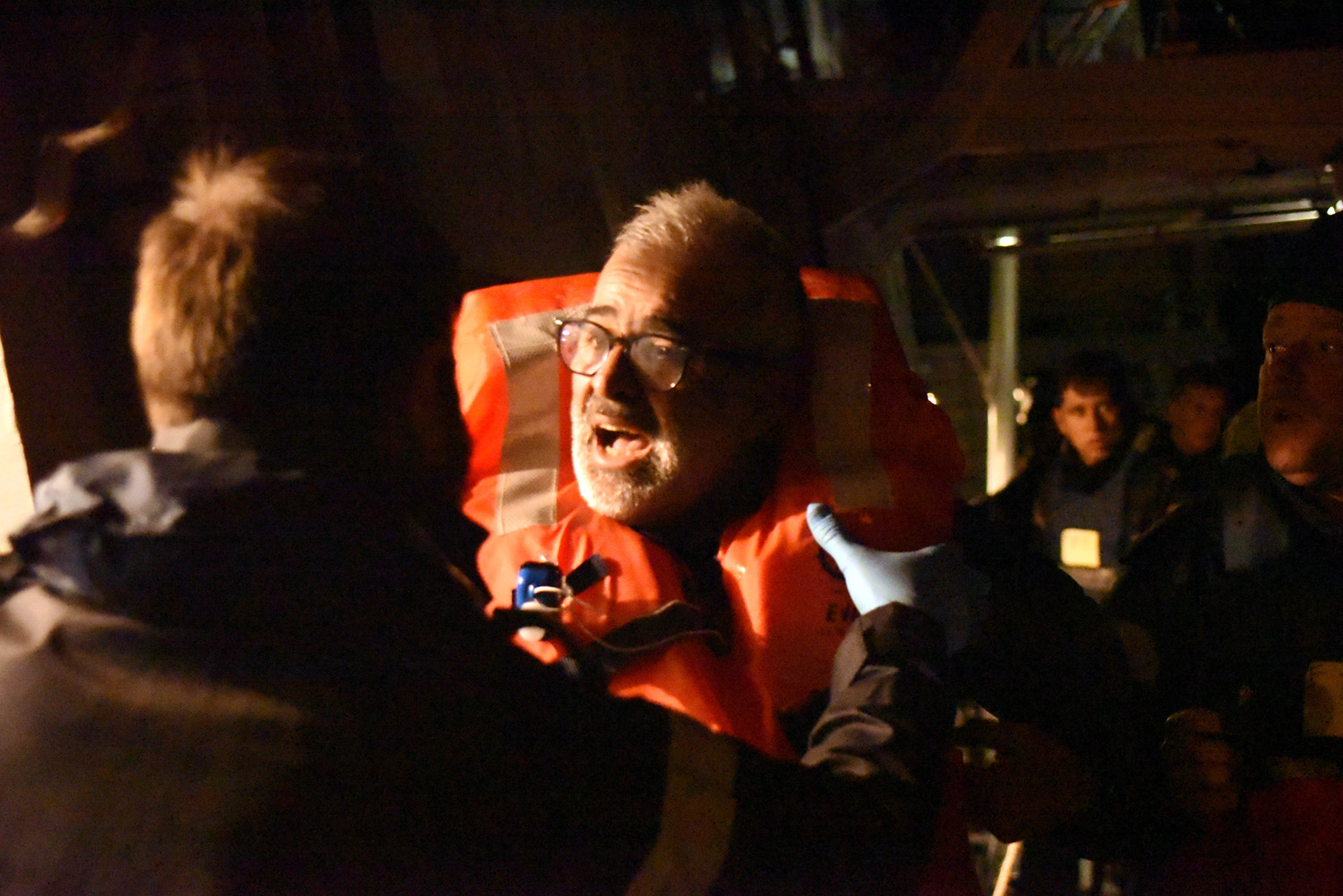
MV Grande America was still aflame when Argyll left the merchant ship around 5am; the Italian-registered vessel had been bound for Casablanca from Hamburg when the fire broke out at 8pm yesterday.






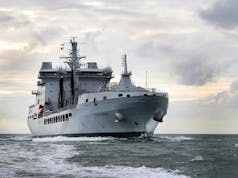
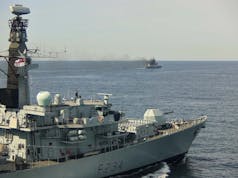
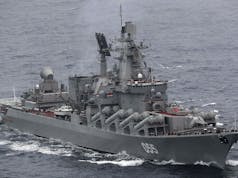
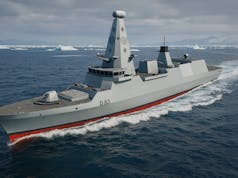

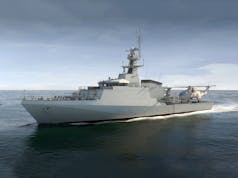

Well done to the crew, glad those from the vessel are safe.
Also, BZ to HMS Mersey, who helped rescue a mariner at sea on Sunday.
Shorthand term for the signal flag message of ‘Bravo Zulu’, which means well done.
I think it originates in the US Navy from some code book, I believe it was a system where the first letter would indicate who it was from, in this case B(Bravo) and every ship knew that the B would signify the person who that is from, you know a high ranking officer etc, I forget who the B was meant to be from!
Then the 2nd letter would signify a simple message in this case Z(Zulu) meaning well done.
It was developed in the war as when using signal flags, which is still a very useful component of modern combat and shouldn’t be forgotten, it is quite difficult to communicate when each navy has its own procedures so this common system was established and is now NATo standard. Like A french and British ship until this point would use separate flag systems so how would you know what the other was saying?
Basically each letter means something specific!
I could be completely wrong and Im sure someone will correct me if I am or if they have anything to add.
The ‘Bravo’ part doesn’t really mean really mean well done. It forms part of the International Code of Signals, where each letter receives a name to help avoid confusion. A bit like when you watch those police-crime-action documentaries and the coppers sound like they have swallowed the police dictionary when they say, “Papa Romeo Foxtrot Sierra bearded man in a red tie and his band of merry men is going to ruin Britain.. Tango.”
In terms of BZ, I believe I am correct in saying that the term originates from the Allied Signals Book (ATP 1). Signals are sent as letters and/or numbers, which have meanings by themselves sometimes or in certain combinations. Part of ATP 1 is called “governing groups”. This is indicated by “B” (Bravo), and the second letter (A through Z) gives more specific information. For example, “BA” might mean “You have permission to (do whatever is instructed such as go on another drugs bust)”.
“BZ” is simply the last item in this table.
The “Phonetic Alphabet”
Events like this could be great publicity for the RN if given the attention it deserves. Well done all involved!
Any way the lads did Good.
Nice one guys. Second to a fire on an aircraft not great stuck on a ship on fire. Despite the abundance of the old wet stuff not a good position to be stuck in. Bad sea state by all accounts also.
One would expect nothing less from our service personnel. The finest in world, have been in the past,are today, and will be tomorrow.